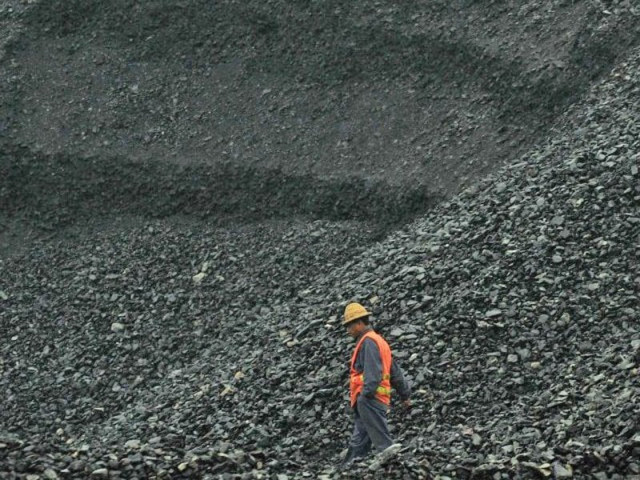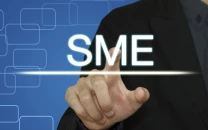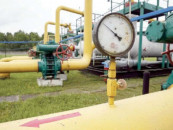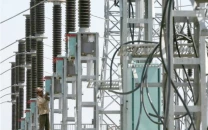Rs100m to be spent to identify minerals
Under the project, govt will undertake geological mapping in Balochistan

The government will utilise funds amounting to Rs100 million during the current fiscal year to advance an ongoing project of the Petroleum Division for the geological mapping of 50 toposheets of the ‘outcrop area’ to identify the minerals potential in Balochistan.
Last year, an amount of Rs30 million had been allocated for the project under the Public Sector Development Programme (PSDP) 2021-22.
“The project will undertake geological mapping of 50 out of 354 unmapped toposheets of the outcrop area in Balochistan. The geological maps provide a bird’s eye view of the surface and (sub-surface) distribution of various types of rocks and economic minerals that are found in the particular region,” said an official document available with APP.
The Geological Survey of Pakistan (GSP) wanted to maintain a database for future exploration of the metallic and non-metallic minerals, dimension stones, aggregates and limestone reserves for the industry.
“These maps are essential for all future detailed geological works including minerals’ exploration, civil engineering, soil surveys, land use, town planning, groundwater, earthquake hazards, environmental geology and soil conservation projects,” the GSP document stated.
Geological maps provide the most useful information and meet the basic requirements such as sample collection for laboratory studies, mineral evaluation and identification of promising areas for further exploration of natural resources.
The total outcrop area of Balochistan is 335,360 square kilometres (524 toposheets). Only 108,800 sq km (170 toposheets) have been mapped so far.
Published in The Express Tribune, July 21st, 2022.
Like Business on Facebook, follow @TribuneBiz on Twitter to stay informed and join in the conversation.



















COMMENTS
Comments are moderated and generally will be posted if they are on-topic and not abusive.
For more information, please see our Comments FAQ